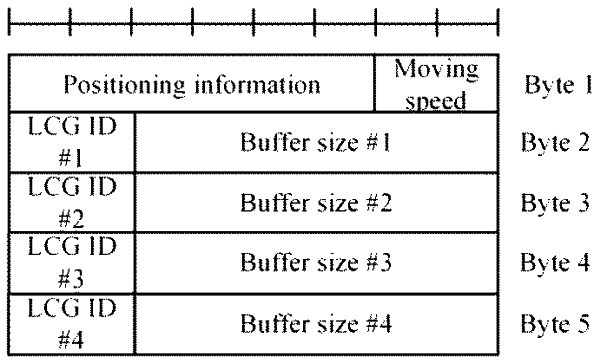| CPC H04W 72/56 (2023.01) [H04W 4/022 (2013.01); H04W 4/027 (2013.01); H04W 4/40 (2018.02); H04W 4/44 (2018.02); H04W 72/0446 (2013.01); H04W 72/23 (2023.01); H04W 72/51 (2023.01); H04W 72/21 (2023.01)] | 19 Claims |

|
1. A resource request method, comprising:
transmitting, by a user equipment (UE) to a base station, a radio resource control (RRC) message including low latency traffic information for the base station to perform semi-persistent scheduling resource allocation for a vehicle-to-everything (V2X) traffic according to the low latency traffic information, the low latency traffic information comprising:
a priority parameter indicating a priority of a type of the V2X traffic among a plurality of types of the V2X traffic including at least two of vehicle-to-vehicle (V2V) communication traffic, vehicle-to-infrastructure (V2I) communication traffic, vehicle-to-pedestrian (V2P) communication traffic or vehicle-to-network (V2N) communication traffic, wherein the priority parameter is used for allocating resources for the type of the V2X traffic;
resource periodicity indicating a transmission period of the V2X traffic;
an offset indicating an expected sub-frame to be allocated;
resource size information indicating a size of the resources to be allocated; and
a first logical channel identity (LCID) information, wherein the first LCID indicates a logical channel that uses the resources and is associated with a traffic pattern of the UE; and
receiving, by the UE, resource allocation information of at least one semi-persistent scheduling resource from the base station.
|